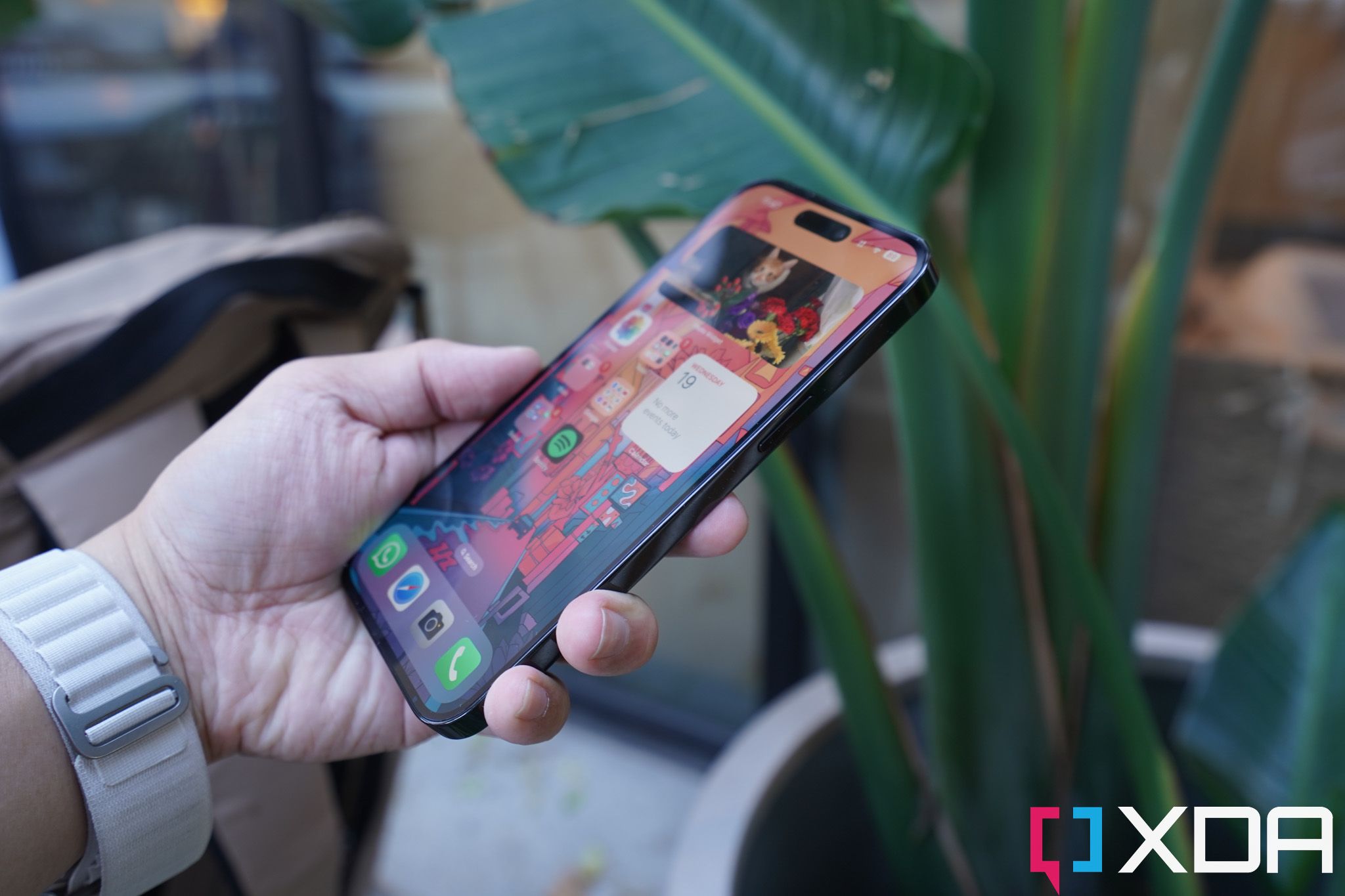The iPhone 14 series was a bit strange, and that's largely thanks to the weirdness relating to its SoC. The iPhone 14 and the iPhone 14 Plus both retain the same A15 Bionic from last year's iPhone 13 series, and the A16 Bionic has some improvements, but basically none for the GPU. To put it simply, they were the most incremental iPhones ever. It's hard to get a sense of what's going on in the Cupertino firm usually, but a report from The Information alleges that problems with the A16 Bionic's GPU that were only discovered late in the design process meant that the company was forced to scrap its next-generation GPU.
With the A16 Bionic's GPU, Apple's biggest claim was a 50% improvement in memory bandwidth, but even that likely can't fully be attributed to the GPU. The iPhone 14 series brought LPDDR5 RAM with a memory frequency of 6400MHz, an upgrade over the LPDDR4X in the iPhone 13 series. According to the report, engineers were too ambitious in attempting to add features, and it was only late in the development cycle that it was discovered the GPU drew too much power. This in turn would make the phone run hotter as well, and it was deemed to be unacceptable.
As a result of this "unprecedented" mistake, the GPU in the A16 Bionic was based on last year's GPU. The GPU the company had been working on was said to support hardware ray-tracing alongside other advanced features, though no further details were given. The report goes on to say that this division of Apple is struggling to maintain its lead in performance and power efficiency improvements year-on-year, especially after key people such as Gerard Williams III and Mike Filippo left.
What this means for the A17 Bionic and the iPhone 15 isn't clear, but we've seen Qualcomm slowly beginning to close the gap with Apple with recent chipsets like the Snapdragon 8 Gen 2. While there's a bit of a way to go yet, Apple's struggle may continue in 2023.
Source: The Information
Via: 9to5Mac

